Pancreatitis is a relatively common disease that can be treated successfully, the main thing is to equip yourself with the necessary knowledge about what is useful and what leads to a worsening of the situation. A specially selected diet for pancreatic pancreatitis provides important help in treatment.
What you can not and what, on the contrary, is very useful to eat, in what quantity and under what conditions, as well as other important information that can be obtained from this article.
What is pancreatitis?
Pancreatitis is a painful condition of the pancreas where its function is impaired.. The juice secreted by this organ begins to have a destructive effect on the gland itself, digesting its tissue. A rather unpleasant and unsafe situation. It can occur in an acute or milder chronic form, and has different consequences, depending on the severity.
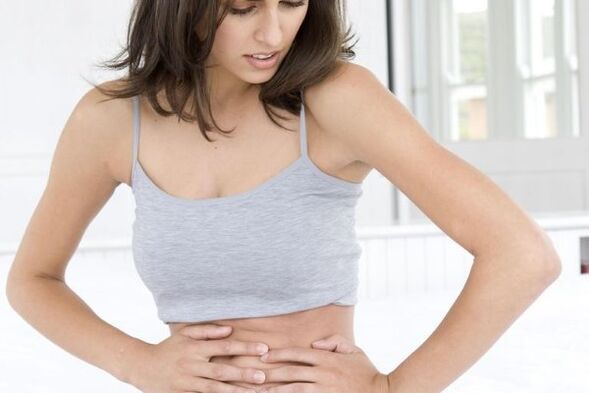
The onset of problems with the pancreas, in the vast majority, is associated with excessive alcohol consumption, overeating, addiction to fatty, salty foods, smoke and refusal to follow a reasonable diet. At the same time, a person may not realize for a long time that he is sick with pancreatitis, and he can no longer live his previous lifestyle, but needs to take care of his health.
What factors influence the development of the disease:
- viruses and bacteria;
- fungal infection;
- pancreatic injury;
- helminth infection;
- contagious disease;
- surgical intervention;
- diseases of the gallbladder or its ducts;
- taking certain medications (diuretics, estrogen, etc. ).
The disease attacks through severe pain in the abdomen, in the abdominal area, and from the right side to the spine. Such a crisis can last up to several hours, accompanied by nausea, vomiting, severe pain and general poor health. This condition requires immediate medical intervention to avoid complications.
What foods are possible and what are not for pancreatitis?
The pancreas is designed to produce the so-called pancreatic juice, consisting of hormones and enzymes necessary to break down proteins, fats, carbohydrates - everything that a person eats every day. If the synthesis of these substances is affected, if there is inflammation and swelling of the vessels, then fluid stagnation will inevitably occur, which leads to disruption of the function of these organs.
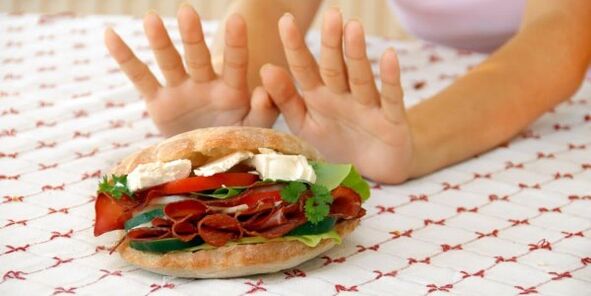
What diet is indicated for pancreatic pancreatitis, what food is allowed and what is not allowed, it is necessary to know to maintain health. Dishes are chosen in such a way as not to burden the inflamed glands.They should be nutritious, rich in protein, but easy to digest.
Legal Products
The following products may be allowed:
- Bread or bread made from premium wheat flour (fresh bread is not recommended, overnight bread is better), crackers, unsalted crackers.
- First course with vegetables such as zucchini, pumpkin, potatoes. Vegetables can be added pureed, grains can be boiled until pureed.
- meat. All types of diets are suitable: rabbit, chicken or turkey. Before cooking, remove the skin from the meat, cut off all skin and veins and boil well. The meat is then ground into small pieces or into pate.
- fish. The best are lean types such as haddock, cod, whiting. You can cook fish soup or cut, pate, aspic.
- Boil porridge from the most common cereals until viscous. Prepare porridge or casserole with skim milk or just water.
- Milk, fermented baked milk, Varenet, cottage cheese and other similar products with low or zero fat content.
- Omelette cooked in a pan without using oil from fresh chicken or quail eggs - no more than 2 times a week.
- Vegetables – grilled without oil, boiled, baked or steamed.
- Fruits – any fruit that does not irritate the stomach in its natural or baked form.
- Oil without heat treatment can be added to prepared dishes in small quantities (you can use either butter or any vegetable oil).
- Liquids - mineral water without gas, weakly brewed tea, compote, natural juice diluted half with water, infusion of medicinal herbs with anti-inflammatory properties.
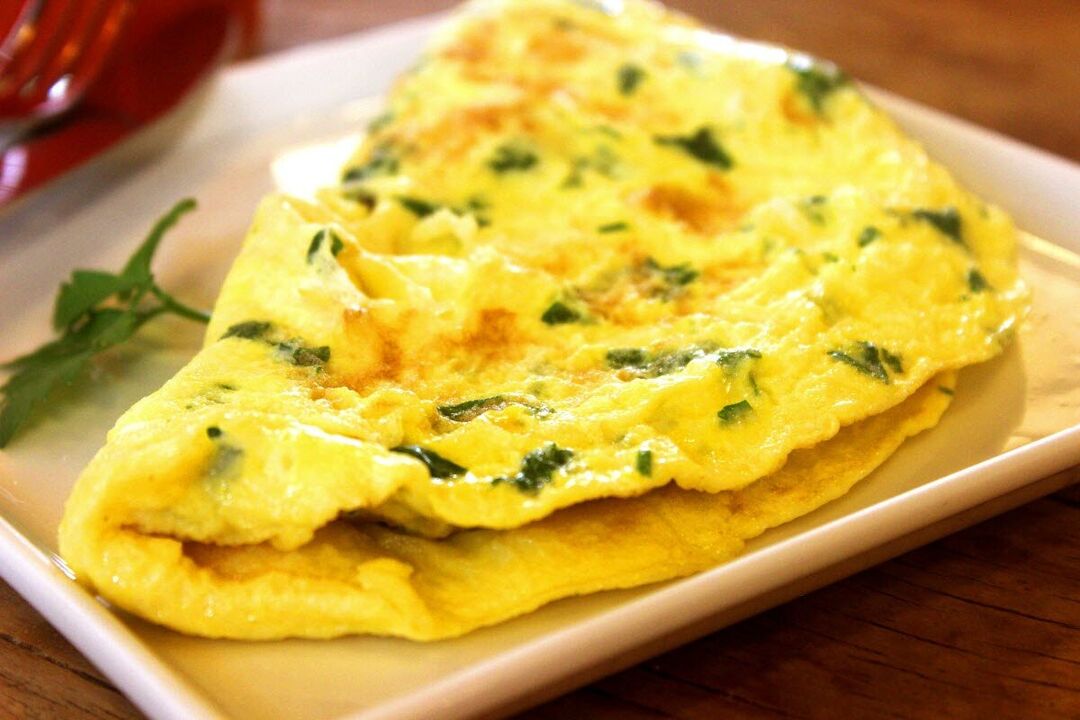
Prohibited Products
In order not to cause the condition to worsen, you should consider the proper diet for pancreatic pancreatitis.
What you can't eat and foods you should avoid are listed in the list:
- You should refrain from sausages, fried meat and dishes made from it, strong meat, mushrooms and fish soup.
- Avoid cakes, pastries, waffles and pastries during an exacerbation.
- Do not eat fatty, salted or smoked fish and canned fish.
- Cheese and sour cream should also be avoided.
- The use of pearl barley, barley and other coarse and difficult to digest grains is not recommended.
- Any food fried or boiled in oil is prohibited.
- Vegetables such as daikon, turnips, turnips, turnips, cabbage, peppers, shallots, and garlic contribute to the aggravation of the disease.
- Ice cream, dark chocolate, preserves or jam, figs, dried apricots, dates, prunes and other similar products should be forgotten during illness.
- It is not acceptable to eat dishes with hot seasonings, artificial coloring, or monosodium glutamate.
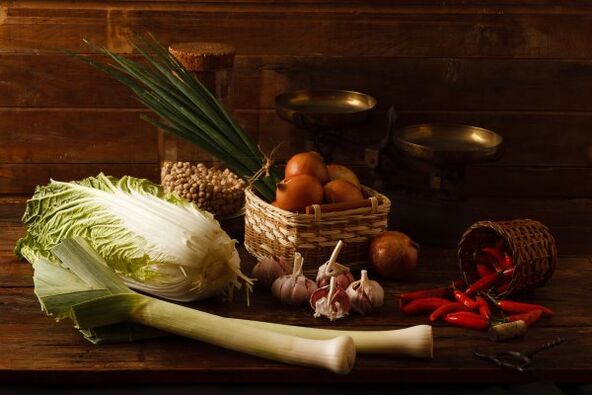
The temperature of the prepared dishes is important - they should not be too hot or too cold.
Use of spices, herbs and seasonings
Any spice enhances the taste of the dish and makes it more aromatic, however, if we talk about pancreatitis, spices can negatively affect the patient's condition. You need to stop using mustard, vinegar, horseradish, garlic and shallots. Any spicy seasoning can cause severe aggravation. Even salt should be limited, use it in minimal amounts, and it is better to take sea salt and add it to ready meals - this way it will preserve useful minerals.
Doctors allow ready meals to be cooked with caraway seeds, basil, parsley, and dill seeds.. You can also use turmeric and oregano. Vanillin can be added to desserts. Turmeric occupies a special place in the list of spices. This spice has antioxidant properties, contains essential oils that are very beneficial, improves digestion, and has anti-inflammatory and anti-cancer effects.
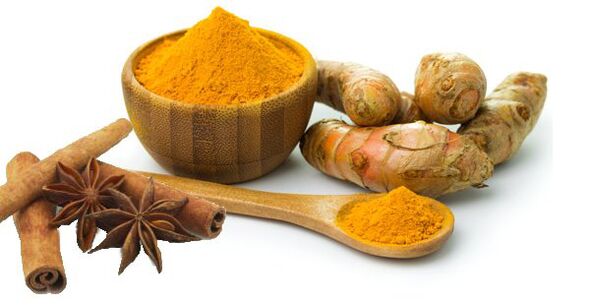
Another beneficial ingredient is cinnamon.Helps normalize blood sugar and restore disturbed digestion. Even a small amount of cinnamon added to food can increase glucose absorption by 20 times, which is invaluable for those with impaired carbohydrate tolerance.
Turmeric and cinnamon are beneficial for pancreatitis and help support the body.
The use of cinnamon will have a positive effect on the well-being of any person suffering from inflammation of the pancreas.
The duration of the diet for pancreatitis
Let's take a closer look at the duration of the diet and what is not allowed for pancreatic pancreatitis.
During an acute attack, it is recommended to refrain from eating for a period of 1 to 3 days. Drink clean water or non-carbonated mineral water in small portions. To reduce the symptoms of the disease, cold is applied to the inflamed area. You can use a heating pad filled with ice water or ice.
At the acute stage, the patient must be provided with bed rest and complete rest, because any noise, pressure or nervous tension negatively affects the patient's condition.

Every day, without exacerbation, you should follow the recommended diet for pancreatic pancreatitis, taking into account what you can eat and what you can't eat. This diet course is usually recommended for a period of 3 weeks to a month.
During this period, you can eat the following dishes:
- soup with vegetable broth;
- viscous, sweet porridge boiled down to puree;
- steamed vegetables, white omelette;
- not too strong tea, rosehip and dried fruit compote;
- freshly squeezed juice diluted in half with water.
Furthermore, in the chronic course of this disease, it is advisable to always use a soft diet. This is necessary to avoid acute conditions that threaten serious consequences. Careful attention to this problem will allow you to avoid damage to organs such as the liver, stomach, intestines, activities related to the pancreas.
As a result of a bad diet
It is important to remember that you should not violate the prescribed diet for pancreatic pancreatitis. The consequences can be very dangerous.
There is a risk of very bad consequences:
- Bile stagnation causes jaundice;
- perforation and bleeding are possible;
- there is a high probability of stomach ulcers;
- esophageal disease often occurs;
- the risk of developing hepatic hypertension;
- portal or splenic vein thrombosis;
- high probability of developing pleurisy;
- duodenal disease;
- pancreatic tumor;
- risk of diabetes.

Estimated diet menu for pancreatic pancreatitis: recipe
Creamy soup
ingredients:
- Processed cheese for soup - 1 pc.
- Head of broccoli - 200 g
- Chicken breast - 150 g
- Carrot - 100 g
- Crackers - 1 tablespoon. l.
- Salt to taste
Add the chicken meat to the pot with water, add salt to taste and cook until fully cooked. Add the carrots and broccoli and cook for about 20 minutes. At the end, add processed cheese or other soft cheese to the dish, let it boil and let the soup brew. Puree the soup in a blender and sprinkle with croutons when serving.
fish salad
ingredients:
- 1 tablespoon. l. green bean
- 1 tablespoon. l. boiled carrots
- 1 tablespoon. l. low-fat cottage cheese
- sea fish fillet - 60 g
- boiled potatoes - 30 g
- boiled beets - 30 g
Cut fish fillets and vegetables into small cubes, add a little salt, season with sour cream, garnish with herbs if desired - diet salad is ready.
Nutrition cottage cheese casserole and vermicelli
ingredients:
- vermicelli - 1 cup
- milk - half a cup
- cottage cheese - half a cup
- fresh egg - 1 pc.
- sugar - 1-2 tablespoons. l.
- salt - 0. 5 tsp.
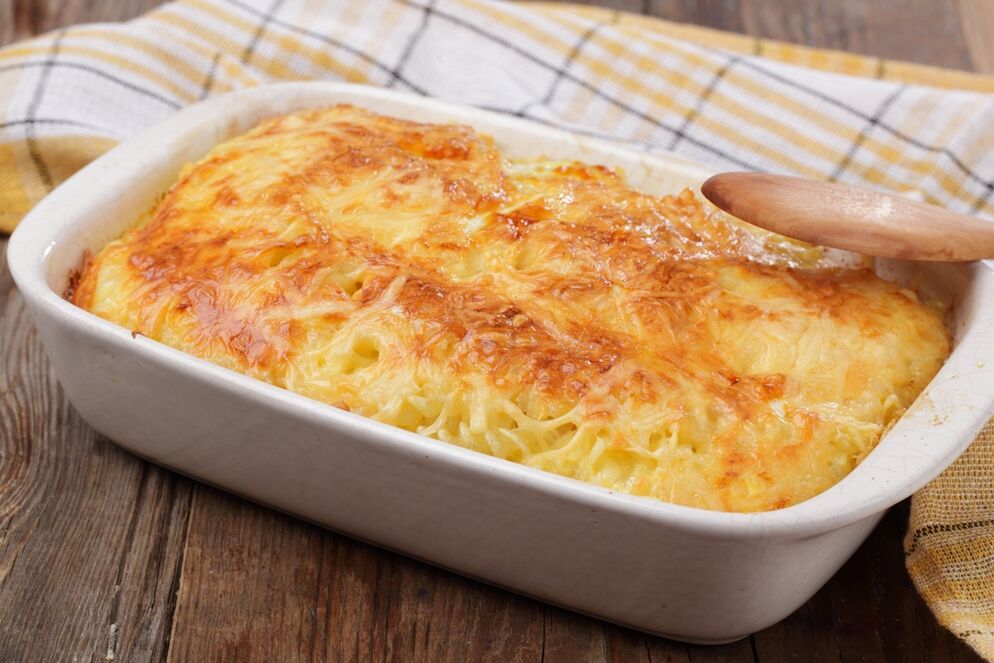
Boil vermicelli, cool a little, add cottage cheese, eggs beaten with milk, sugar and salt, mix and put in a mold. Bake in the oven until golden brown.
Cereal and pumpkin porridge
ingredients:
- Boiled pumpkin - 300 g
- Boiled rice - 300 g
- Milk - 200 g
- Sugar – 5 teaspoons.
- Salt - 1 teaspoon.
Grind all the hot ingredients into a puree and beat a little - the porridge is ready.
Fruit cake
ingredients:
- bananas - 2 pcs.
- peaches - 2 pcs.
- apple - 2 pcs.
- berries - a handful
- yogurt - 200 g
- cookies
- gelatin
Dissolve gelatin in water according to the recipe on the package. Add yogurt gradually into the resulting jelly and stir until smooth. Place the biscuits on the bottom of the mold - this is the first layer, then the jelly layer, the third layer is the fruit puree. Then add jelly and fruit again. There is another layer of cookies on top. Decorate the cake with fruit circles and any berries on top. Put the cake in the fridge, once frozen you can eat.
Nutritional Characteristics
The important thing is to follow the prescribed diet. Products and dishes with this diagnosis are selected very carefully.The product must be boiled or steamed well. Coarse food needs to be pureed or chopped. Do not take hot or very cold soups, cereals, and drinks that irritate the stomach. To prevent the stomach from being too full, it is recommended to use split meals.
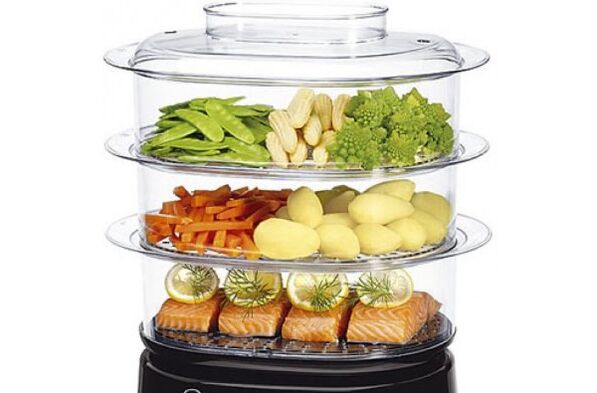
It is important not to overload the digestive tract, observe the consumption rate: fat - no more than 70-80 g, carbohydrates - 350 g, protein - 60-100 g Take food in small portions, slowly, slowly, chewing each portion.
You can not drink while eating.
Because the liquid dilutes the gastric juices, disrupting digestion.
You should completely avoid any overly salty, fried and smoked foods, and exclude carbonated drinks. Alcohol consumption is not allowed. Canned food is not beneficial for this disease.Cakes, muffins, sweets, hot or spicy food are absolutely unacceptable for pancreatitis.
Meat soup is allowed in the stage of stable remission, only chicken or turkey, and the first soup must be drained. Before eating, grind the meat in a blender until it becomes a paste.
Symptoms of pancreatitis
Pancreatitis is a serious and sometimes life-threatening condition, so it's important to know the symptoms so you can start the right treatment without delay.Early indicators of this disease are pain in the abdominal area, on the right side under the ribs or lower back pain..

It can be aching, stabbing, throbbing or other qualities. Often, pain occurs from foods that are too fatty, fried, too salty, spicy or smoked. The pain can be so severe that it cannot be relieved even by taking medication.
Other manifestations may be heartburn, belching, a sudden increase in temperature, intestinal dysfunction - diarrhea or constipation, while stools often have an unnatural oily appearance.Vomiting or severe nausea may occur. From the cardiovascular system - heart rhythm disorders, feeling of lack of air.
What are the signs of pancreatitis?
- stool disorders;
- the urge to vomit;
- fever;
- pain in the stomach;
- girdle pain;
- pain in the stomach;
- distension in the abdominal area;
- nausea or vomiting;
- sudden weight loss;
- heat;
- weakness, powerlessness.

Surgical or conservative treatment of pancreatitis is possible. Adherence to dietary rules plays an important role in treatment. Diet for pancreatic pancreatitis, what is not allowed during the course or exacerbation of the disease, and what, on the contrary, is recommended, will help in creating the right diet, improving health and improving the quality of life.













































































